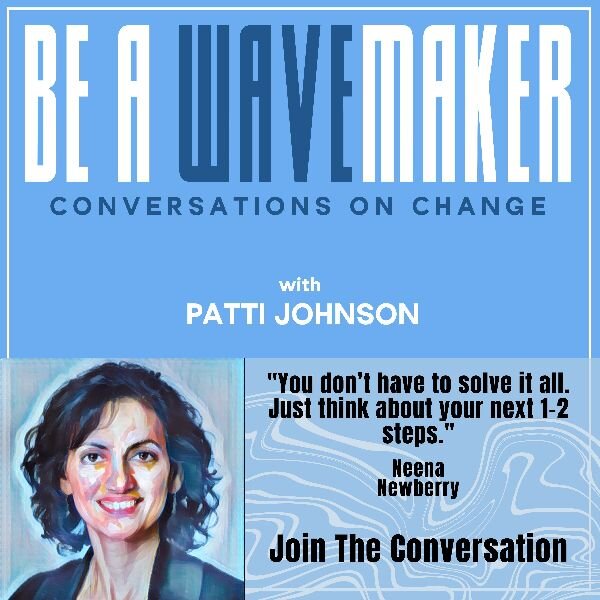As an executive coach and founder of a leadership development learning platform, I thrive on seeing our clients achieve lasting change. Unfortunately, not all organizations see positive outcomes from their leadership development programs, despite the global market exceeding $81 billion a year.
Post-pandemic, it's clear that this investment often fails to deliver expected results. So what's the issue, and more importantly, how can we solve it?
Image by fahribaabdullah14 from Pixabay
Too Many Leaders Aren’t Prepared
One of the biggest red flags about leadership development I’ve seen recently comes from the Josh Bersin Company. Their two-year study of corporate leadership programs found that just one out of four companies believes their leadership training efforts are delivering high value. Additionally, only 24% of companies say their development model is relevant and up-to-date. This is alarming—and also not an outlier.
You don’t have to look far to find other indicators that leadership development programs are falling short. I’ve seen in my own work that far too many managers are promoted not because they’re ready to lead, but because there’s an operational need. The Chartered Institute of Personnel and Development (CIPD), an international HR association based in London, calls managers who have not had formal leadership training "accidental managers."
It gets worse. CIPD also found that these ill-prepared managers are driving employees away—specifically, one in three employees who quit. And 84% of respondents in a study by the Society for Human Resource Management said poorly trained managers create stress and extra work. Might this help explain why less than one-third of U.S. employees feel they are engaged at work?
I believe that a lack of training and preparation for leadership roles is also damaging managers’ mental health—to devastating effect regarding their performance. More than half of managers feel burned out. It’s time for this to change.
5 Key Steps For Change
Clearly, the leadership development industry as a whole needs a shakedown. We must rethink how we approach our work. That imperative has been top-of-mind for both me and my company as we have responded to pandemic-driven changes in the business environment while simultaneously developing our own leadership development platform. Here are five of our key learnings, based on both our own experiences and current research:
1. Mental health comes first.
Even before leadership development, prioritize enhancing your managers’ well-being. No training program can be truly effective if the participants are at their breaking point with stress, fatigue and burnout.
2. Expand access to leadership development.
As Josh Bersin puts it: "Leadership is now everyone’s job. The new employee or first-line manager who’s leading a project to save money or analyze the sales team is now a leader. What education, training and perspectives have you given this person?"
When only a few employees get access to leadership development, your organization misses out on what others could potentially contribute. Even small improvements across a larger number of employees can have a big impact.
3. Increase the relevance of training.
Leadership development is not "one size fits all." You can’t just throw a huge online content library at your employees and expect them to figure out what they need. Instead, look for programs you can customize according to both organizational goals and your employees’ needs.
4. Leverage the power of connection.
Your employees have so much wisdom to share with each other, but mentorship, sponsorship and peer learning are all underutilized tools when it comes to leadership development. As a bonus, such programs also strengthen connections that may have frayed during the shift to hybrid work.
5. Build learning into every day.
Most of us have had the experience of going to a development workshop or event, learning things we’re excited about—but then never putting that knowledge into action. Studies have found that if we don’t apply what we’ve learned within a day or two, then we’ll forget most of it. It’s more effective to take even a little time every day to learn and then start trying out that new knowledge right away.
Final Thoughts
I’ll end with a call to action. Think about the current state of leadership at your own organization. What’s happening with your leadership development programs? And how effective are your managers and leaders?
Now, more than ever, companies must invest wisely in their leaders and empower them to drive meaningful change in the ever-evolving business landscape. The future depends on it.
This article originally appeared on Forbes.com. To read more of my contributions to Forbes Coaches Council, click here.











